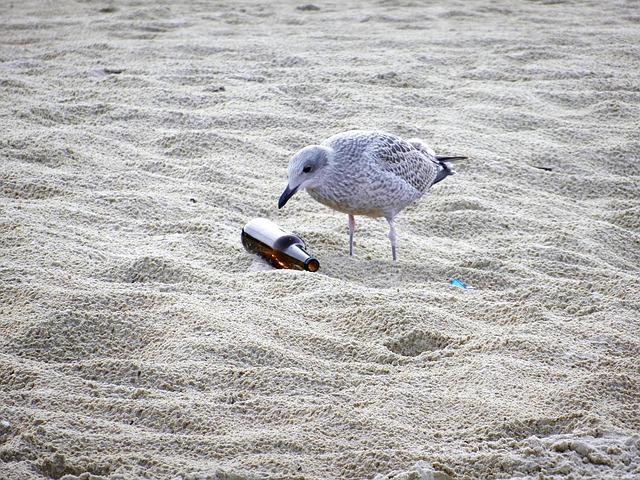
Pollution is not a new phenomenon. Ever since humans have inhabited the earth we have been responsible for contaminating our environment, whether air, land or water.
The degree to which we are polluting this planet has changed over time. As towns and cities started to develop, and populations increased, so did the amount of pollution generated.
The Industrial Revolution of the eighteenth century was a catalyst for change in Britain. As industries and cities developed, so did pollution. Belfast was part of this process of industrialisation, and by the second half of the nineteenth century it was known for its textiles, food and drink, engineering and shipbuilding industries. This increase in industry saw an influx of people moving to Belfast for work. From around 1875 Belfast’s labour force stood at around 60,000 people.
Belfast was Ireland’s only example of full-scale industrialisation, and as it developed it stood apart from the rest of Ireland. Other Irish cities, such as Cork were contracting, and Dublin, though it remained an important financial centre and link in export and import trade still did not experience a marked expansion. However, many parts of Ireland benefited from a growing transport infrastructure of canal, road and rail networks.
During the nineteenth century, certain Irish landlords were keen to improve their estates by experimenting with the latest farming techniques. In some areas farmers started to use phosphates and guano, which could potentially run off their land and into rivers.
Ireland was not a major contributor to pollution, but it is part of our history. In the following sections we’ll examine what was meant by pollution, and some examples of pollution that may have occurred in West Cork.

